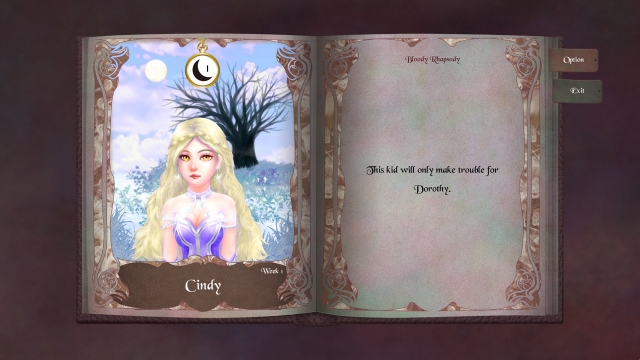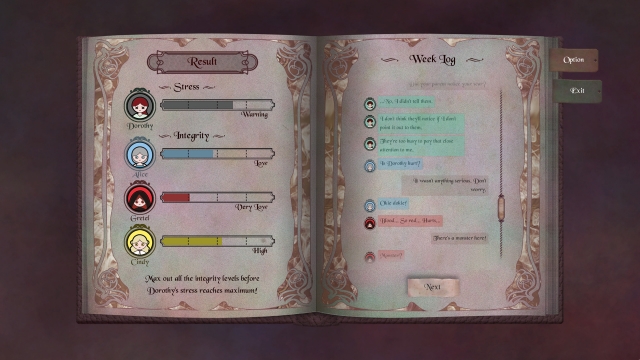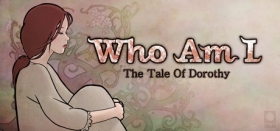
Who Am I: The Tale Of Dorothy Review
Videogames are in a unique position to tackle sensitive, complex, and taboo issues in an interactive manner not available to other mediums. Beyond just making commentary that we passively absorb, they allow us to make our own decisions and come to our own conclusions about the topic at hand by directly involving us in the narrative. Decision making under pressure and moral grey areas are a favourite topic of many developers, but something which has been largely ignored until recent years is mental illness. Who Am I: The Tale of Dorothy joins the small collection of games that deal with mental illness as a core theme, in particular exploring trauma and the much maligned and misunderstood dissociative identity disorder (AKA “multiple personality disorder”).
Players take the role of a psychiatrist treating Dorothy, a teenage girl who has suffered childhood trauma and subsequently had her psyche split into four distinct personalities. Each of these personalities is a fully fleshed-out character in her own right, with nuances and traits that only become apparent the more you play. Gameplay involves engaging in counselling “sessions”, in which Dorothy explains the real-life events that have occurred throughout the week. Players then enter her dreams while she sleeps, choosing which personality they wish to speak to further, asking and answering questions. Questions and their answers affect Dorothy’s “stress” level and each personality’s “integrity” level. Treatment is considered successful when all three alter egos have maxed out their “integrity” levels, and Dorothy has not maxed out her “stress” level.

Mechanically speaking, Who Am I is incredibly simple: All players will be doing throughout the game is choosing dialogue options and managing each personality’s progress bar. But it’s for the best, because the real stars of the game are the narrative, characters, and how sensitively and maturely the subject matter is handled. Dorothy is a genuinely likeable girl, and one you really start to care about helping. Her other personalities all have their own unique characteristics which actually reflect parts of the real Dorothy’s personality (or traits she wishes she had). Her trauma is gradually revealed over the course of the game, and it’s never used for shock value or as a narrative crutch. It’s just who she is.
Depending on the player’s choices, the narrative will branch in different directions, uncovering more or less about Dorothy, her past, and her other personalities. There are also six distinct endings, which run the gamut from “they all lived happily ever after” to “WHAT DID YOU DO?!” and actually fit with what psychology understands about DID. In fact, the game is surprisingly accurate in its depiction of it. The only puzzling inclusion is the use of the dreamscape as the context for interacting with the personalities (as opposed to using clinical hypnosis), which adds a strange surrealness to the game that undermines how well-researched and real its depiction of DID is.

Who Am I: The Tale of Dorothy is a bold, powerful experiment in gaming. It tackles a heavily stigmatised mental illness with the kind of sensitivity and respect it requires, and tells a memorable story along the way.
Who Am I: The Tale of Dorothy (Reviewed on Windows)
Excellent. Look out for this one.
Simple mechanics leave room for a deep, emotional story and interesting characters








COMMENTS